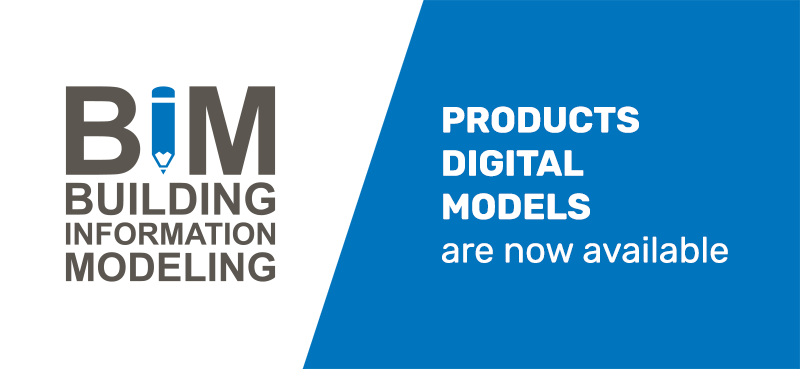
BIM: what they are and how they improve project development
BIM (Building Information Modeling) is a project approach based on 3D digital models that provides architects, engineers and contractors with information and tools to efficiently design, build and manage buildings and infrastructures. The advantage of a BIM workflow is that all operations are carried out on the same working platform, with no data loss due to the exchange via external interfaces. As in other European countries, BIM is progressively introducing for the management of public procurement but also in the private sector, due to the aspects inherent to architectural, engineering and structural design.
Developing a project with a BIM method not only means creating complex 3D models, but also adding a whole series of parameters representative of the physical objects to be used later (in fact “I” in BIM stands as information). That is why is so important to ensure that the digital objects are not only rich in geometric attributes, but also have an information content structured in digital cards.
Apart from the single national initiatives, at a European level there are many working tables aimed to the drafting of the first European BIM legislation, namely the ISO 19650. Although this BIM method has only taken off in recent years, in the rest of world it has been in use since the early 2000s and it has become a working standard in countries such as Denmark, Finland and England.

The Adoption of the BIM method allows an effective collaboration between professionals from different disciplines and facilitates, in an integrated way, the development of highly complex projects. It is essential to underline that the BIM method not only has an impact on the designing aspects but also on the downstream activities connected to them (site management and maintenance scheduling during the useful life of the building). The possibility of using the information models (configured as "digital twins" of the built structures) for the maintenance and optimization of the investments, has given a remarkable impetus to this new approach, facilitating their introduction into the areas of strategic planning.
As a result of the progressive digitization of the construction sector, it is therefore essential to incorporate the BIM tools and integrate this method into the business flows. This innovative approach is in fact an important opportunity of professional growth allowing Italian companies and professionals to extend their range of action also at an international level.
To download the BIM of the IT-FLEX products, click HERE.
To download the BIM of the POLYFLEX products, click HERE.
To download the BIM of the MOBIUS TH products, click HERE.

